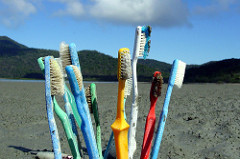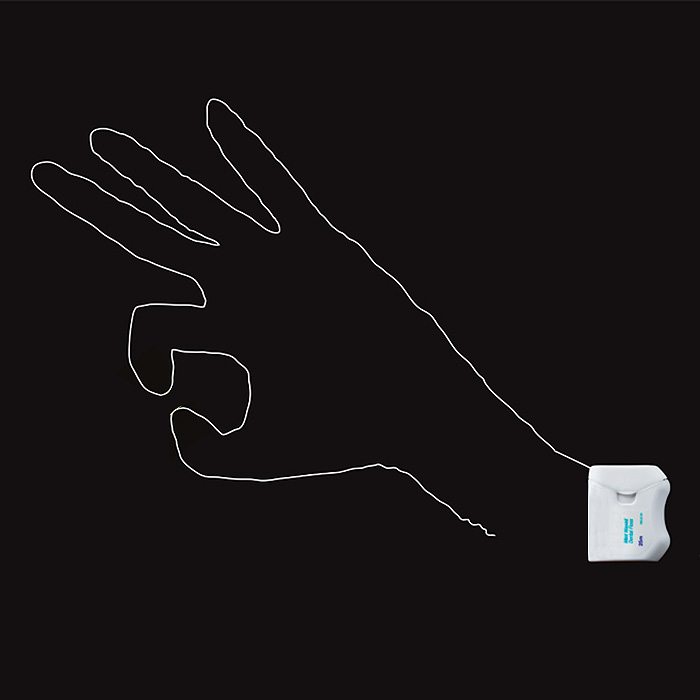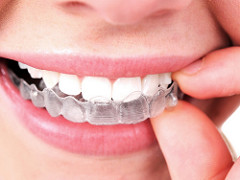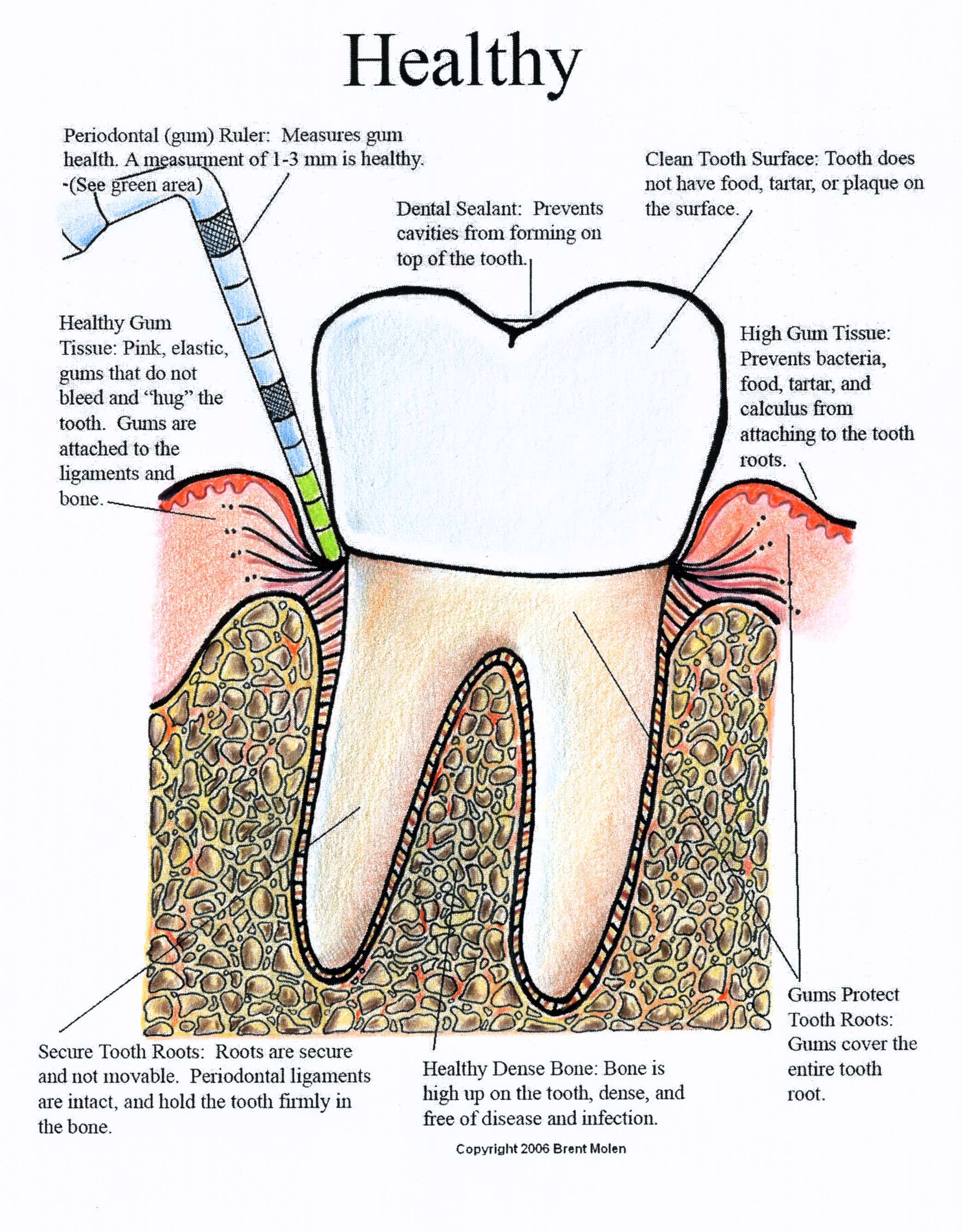The Ugly Truth of Oral Cancer
April is Oral Cancer Awareness Month.
Every hour of every day, in the United States, one American dies of oral cancer. This deadly disease is the sixth leading cause of cancer deaths with no significant improvement in survival rate in the past 40 years. In fact, while the American Cancer Society recently reported that overall cancer deaths and incidence have decreased, the oral cancer death rate increased by 5.5% and the incidence increased by 1.5%. More than 50% of patients diagnosed with oral cancer will die within five years.
The Importance of Oral Cancer Screening
If discovered in the early stages, oral cancer is 90% curable, but less then 50% curable if discovered in its later stages. To help achieve early detection, we offer patients the benefits of ViziLite Plus TM with TBlue630 Oral lesion identification and Marking System, a technology cleared by the FDA for identifying oral abnormalities in patients at increased risk for oral cancer. ViziLite Plus is a medical breakthough that helps professionals detect oral abnormalities that can be early indicators of cancer.
Early Detection with ViziLite Plus
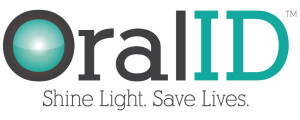 ViziLite Plus was developed to improve the traditional method of detecting oral abnormalities. Once pre-cancer or cancer can be seen or felt by a healthcare practitioner, it has possibly advanced to the late stages where it is considerably less curable. In fact, 70% of oral cancer lesions detected with the traditional exam are detected late, in stage III and IV when the five year survival rate is 57%.
ViziLite Plus was developed to improve the traditional method of detecting oral abnormalities. Once pre-cancer or cancer can be seen or felt by a healthcare practitioner, it has possibly advanced to the late stages where it is considerably less curable. In fact, 70% of oral cancer lesions detected with the traditional exam are detected late, in stage III and IV when the five year survival rate is 57%.
ViziLite Plus is an easy, painless and non invasive examination. The exam is a three step process and only takes a few minutes. First the patient rinses with a raspberry-vinegar flavored solution to prepare for the exam after which the dentist snaps the ViziLite Plus lightstick, activating it so it glows. The dentist them places the lightstick in a retractor and shines it in the patient’s mouth while examining the oral tissue for abnormalities. Abnormal tissue will glow a blue-white color. Once the dentist has ruled out trauma as a cause, the TBlue630 Oral Lesion Marking System, a bluish dye, will be applied to the lesion to help the dentist visualize the precise extent of the lesion.
Oral cancer is more prevalent than cervical cancer; it’s common practice for women to get a mammogram and Pap smear every year. ViziLite Plus is a screening technology that we have incorporated into our daily practice; it’s a way we show our patients that their overall health is important and that dentists and hygienists do so much more than merely checking for cavities.
High-Risk Factors for Oral Cancer
Traditional high-risk factors for oral cancer are: age 40 and older, users of smoking or chewing tobacco, currently or within the past 10 years and users of one or more alcoholic drinks daily, including one beer, one glass of wine or one drink of spirits. Patients with any combination of these risk factors, and patients with a personal history of oral cancer, are considered at highest risk. Alarmingly, 27% of oral cancer victims have no lifestyle risk factors. Now because of the humanpapilloma virus (HPV), we are seeing an increase in oral cancer diagnoses in younger patients who have none of the above mentioned risk factors.
If you have any mouth sores that don’t seem to heal or see any suspicious marks or discolorations on your lips, cheeks, tongue, palate, or gum tissue, call our office and ask about early cancer detection.



